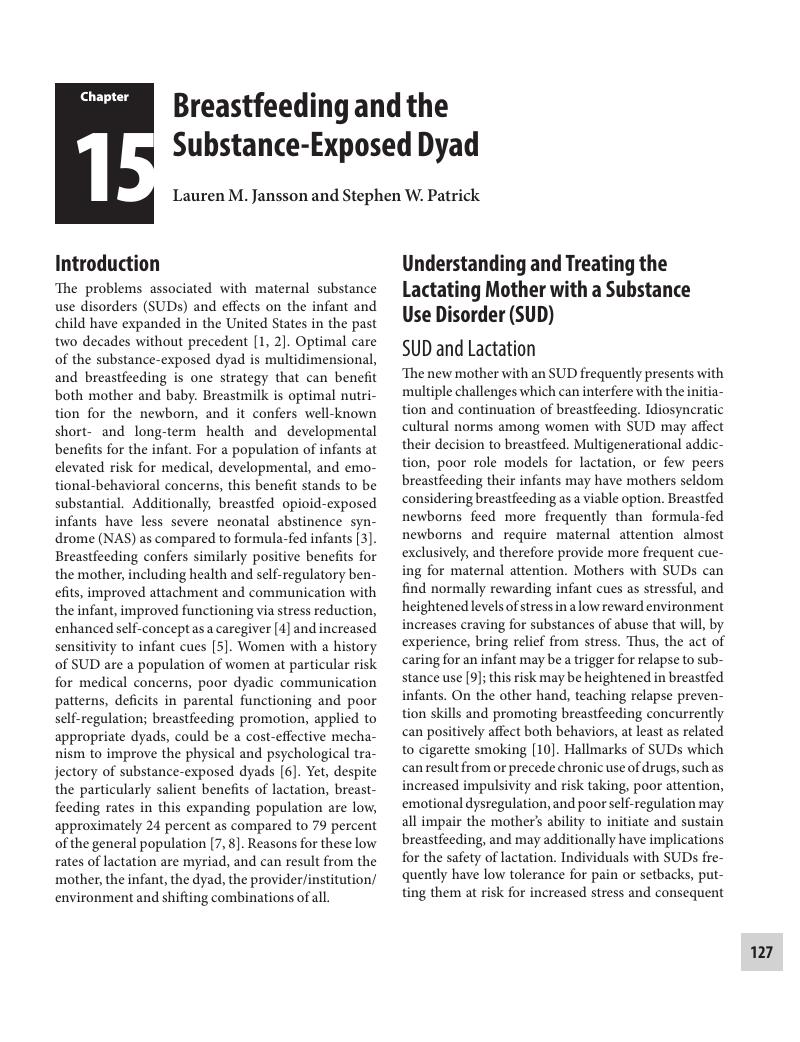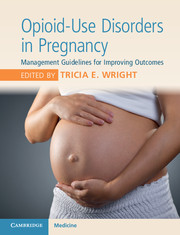Book contents
- Opioid-Use Disorders in Pregnancy
- Opioid-Use Disorders in Pregnancy
- Copyright page
- Contents
- Contributors
- Preface and Acknowledgments
- Section 1 Substance Use Disorders in Women and Pregnancy
- Section 2 Antepartum and Intrapartum Care
- Section 3 Postpartum
- Section 4 The Newborn
- Chapter 14 Neonatal Abstinence Syndrome
- Chapter 15 Breastfeeding and the Substance-Exposed Dyad
- Index
- References
Chapter 15 - Breastfeeding and the Substance-Exposed Dyad
from Section 4 - The Newborn
Published online by Cambridge University Press: 08 June 2018
- Opioid-Use Disorders in Pregnancy
- Opioid-Use Disorders in Pregnancy
- Copyright page
- Contents
- Contributors
- Preface and Acknowledgments
- Section 1 Substance Use Disorders in Women and Pregnancy
- Section 2 Antepartum and Intrapartum Care
- Section 3 Postpartum
- Section 4 The Newborn
- Chapter 14 Neonatal Abstinence Syndrome
- Chapter 15 Breastfeeding and the Substance-Exposed Dyad
- Index
- References
Summary

- Type
- Chapter
- Information
- Opioid-Use Disorders in PregnancyManagement Guidelines for Improving Outcomes, pp. 127 - 138Publisher: Cambridge University PressPrint publication year: 2018

